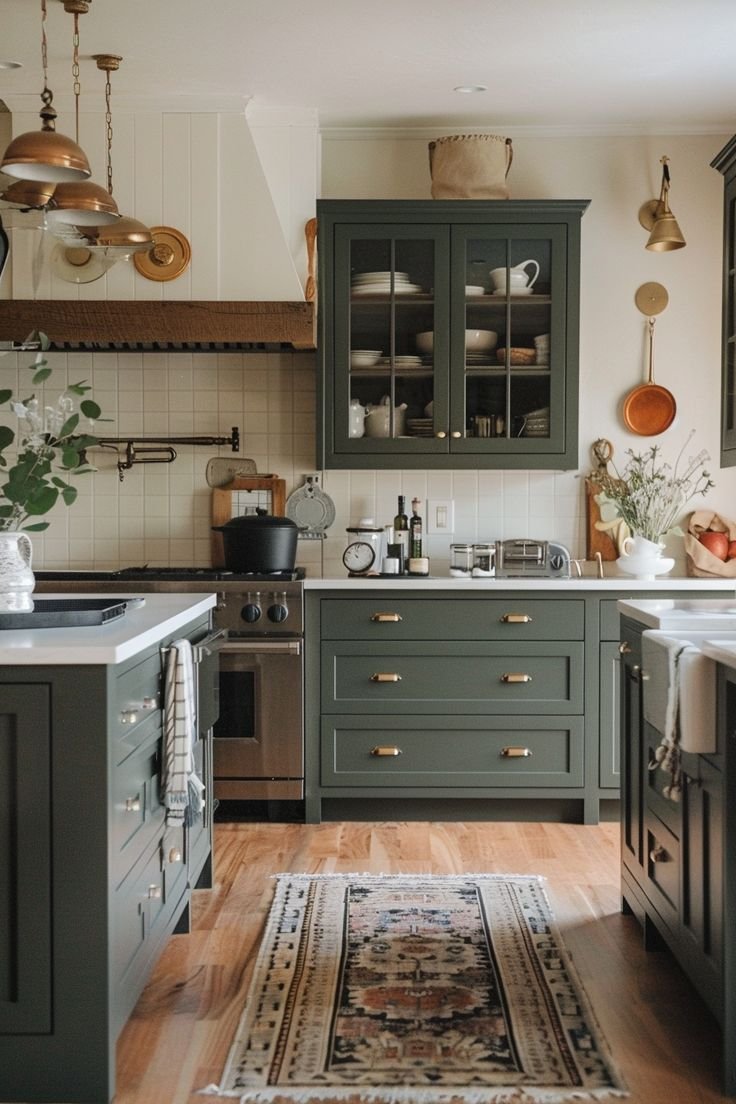Kitchen cabinet moldings do more than just look nice; they enhance the depth, usefulness, and overall finish of your cabinets. Whether you’re updating your kitchen or starting fresh, understanding different types of moldings is key to achieving a cohesive look. From shaker cabinets to European cabinets kitchen styles, moldings can add character to any design. If you’re searching for kitchen cabinet shops near me for quality options or exploring assembled kitchen cabinets for convenience, it’s important to consider how moldings complement your choices. Plus, factoring in new cabinet prices ensures you stay within budget while elevating your space.
What is Cabinet Molding?
Cabinet molding refers to decorative or functional trim pieces installed around, on top of, or beneath cabinets. Moldings can fill gaps, create smooth transitions, or enhance the design aesthetic. Whether you’re shopping at a wholesale cabinet warehouse for budget-friendly options or exploring the RTA cabinet store for ready-to-assemble solutions, moldings play a key role in elevating your kitchen’s look. If you’re searching for a cabinet manufacturer near me or the best place to buy kitchen cabinets, choosing the right molding can make a difference. Plus, with a focus on kitchen cabinets cheap price, you can enhance style without overspending.
Types of Kitchen Cabinet Moldings
1. Crown Molding
Crown molding is a decorative trim installed at the top of cabinets to create a smooth transition to the ceiling. It not only enhances the visual appeal of your kitchen by drawing the eye upward but also adds a sense of height and elegance to the space. Whether you’re considering custom cabinets or looking for the best RTA cabinets for a stylish yet affordable option, crown molding can elevate the design. If you’re comparing custom kitchen cabinet prices or exploring kitchen cabinet suppliers for the best deals, molding choices matter. Even if you’re searching for cheap cabinets near me, the right molding can give your kitchen a high-end look.
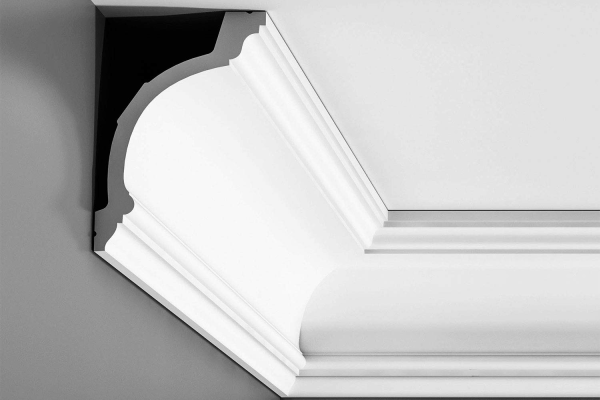
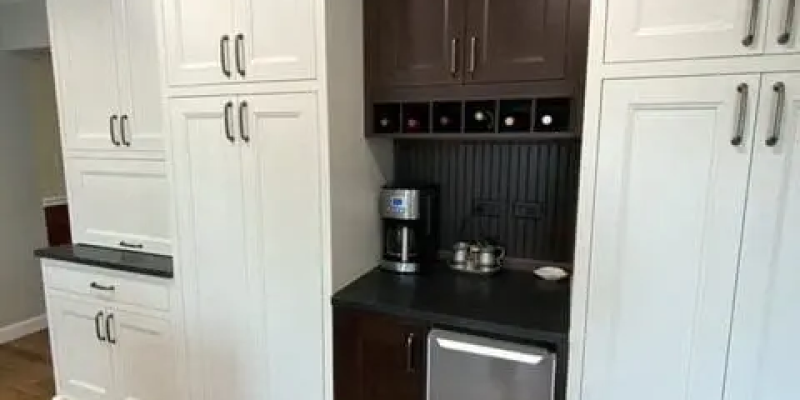
2. Riser (Starter) Molding
Riser molding serves as a base for crown molding, helping it reach the ceiling or bridge any gaps caused by uneven ceilings. This molding is mounted on top of cabinets, effectively simulating an extension of the cabinet box. Whether you’re upgrading with ready-to-assemble kitchen cabinets or investing in maple shaker kitchen cabinets for a timeless look, riser molding ensures a seamless finish. If you’re researching the top 10 cabinet manufacturers for quality options or planning a kitchen cabinet replacement, this detail can make a big difference. For a complete renovation, consider pairing cabinets with stylish surfaces from cabinets and countertops near me to achieve a polished look.
3. Light Rail Molding
Light rail molding is used beneath upper cabinets to conceal under-cabinet lighting fixtures. It not only improves the functionality of your kitchen by reducing light glare but also enhances the overall design by adding a decorative touch to the lower edge of the cabinets. Whether you’re browsing a kitchen cabinet store near me for the perfect match or exploring custom kitchen cabinets near me for a tailored look, light rail molding adds both style and practicality. With various kitchen cabinet styles available, this molding helps achieve a seamless finish. If you’re planning a kitchen renovation cabinets upgrade, consulting cabinet suppliers near me can help you find the best options
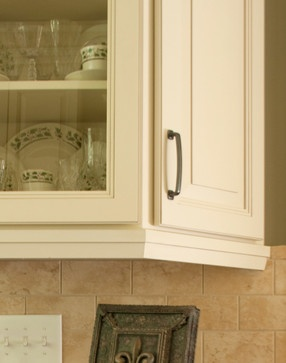
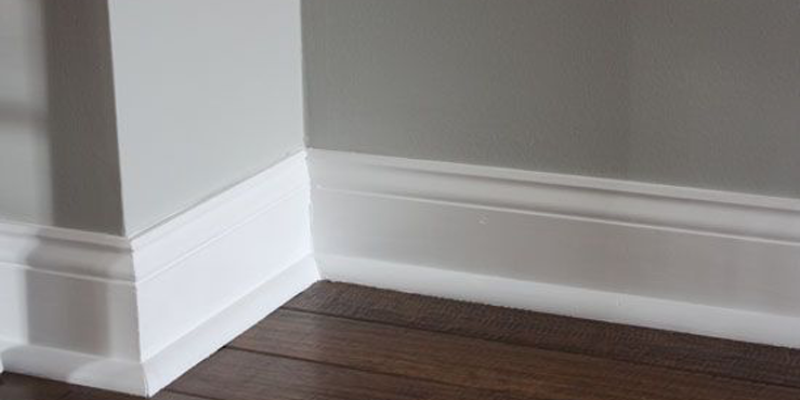
4. Base Molding
Base molding is installed at the bottom of base cabinets, providing a furniture-like appearance and adding a refined, continuous look to islands and peninsulas. By completing the lower sections of panel skins, base molding gives your cabinetry a finished and cohesive aesthetic. For added versatility, it can also be installed in reverse, with the decorative edge facing downward, to achieve a more dramatic effect in higher areas.
5. Toe Kick Molding
Toe kick molding is designed to cover the recessed area at the bottom of base cabinets, creating a clean, finished look while improving comfort. This recess allows you to stand closer to the countertop without straining your legs or back, making it a functional addition to any kitchen. Toe kick moldings can match your cabinet material or feature contrasting colors for a modern, striking appearance.
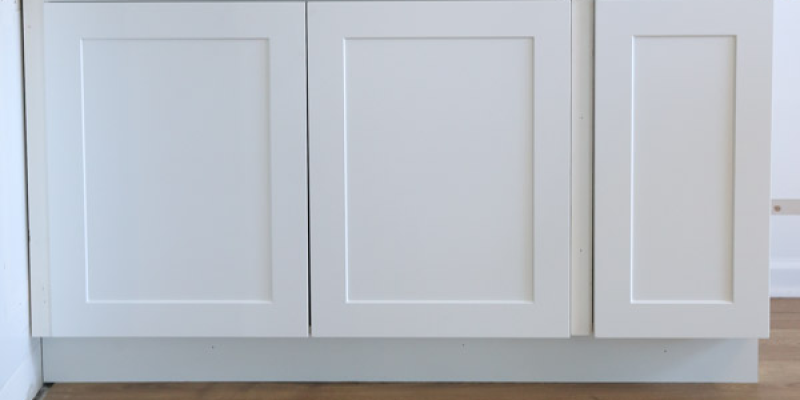
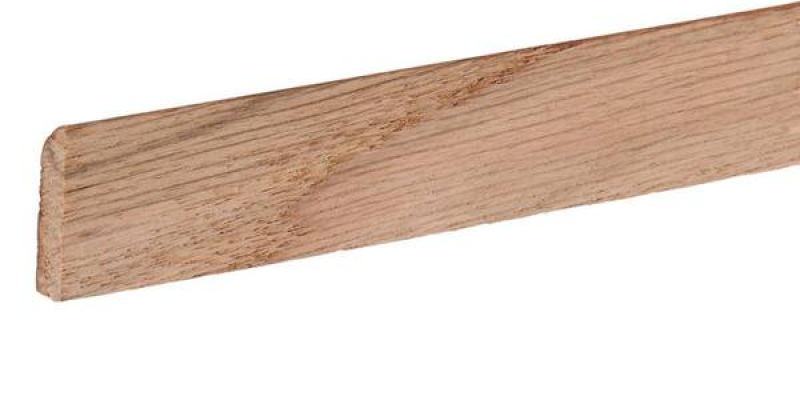
6. Scribe Molding
Scribe molding is a thin, flexible trim used to hide small gaps or uneven edges between cabinets and walls, floors, or ceilings. This molding is especially useful in older homes where walls may not be perfect even. It also works well for covering the raw edges of toe kicks, fillers, or other materials, ensuring a polished and professional installation.
7. Corner Molding
Corner molding is used to cover gaps or raw edges where two cabinet panels meet at a 90-degree angle. Inside corner molding hides seams, while outside corner molding adds a decorative touch to exposed corners. These moldings are perfect for creating a finished look for cabinetry on islands, peninsulas, or other areas with visible corners.
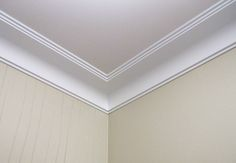
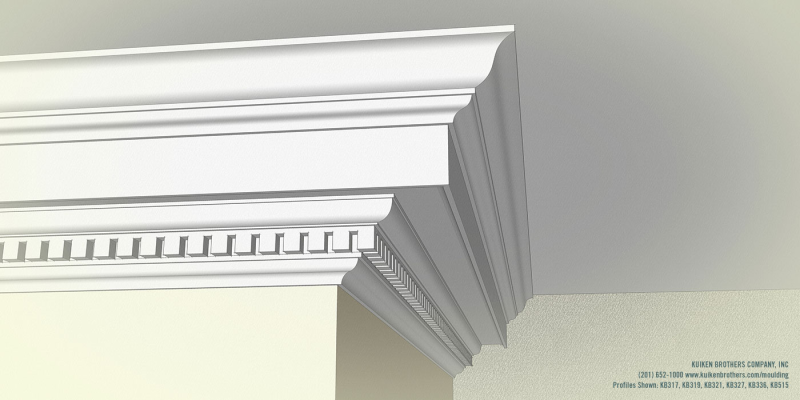
8. Dentil Molding
Dentil molding is a highly decorative trim featuring a repetitive block pattern, often used to add a classic or vintage look to kitchen cabinets. Typically installed along the top edge of cabinets, it pairs beautifully with crown molding to create a sophisticated and timeless design. Precise measurements are crucial for installing dentil molding to ensure that the spacing between blocks is uniform and visually appealing.
- Fillers
Fillers are versatile components used to fill gaps between cabinets, walls, or appliances. They ensure that cabinet doors and drawers open fully without obstruction while creating a seamless appearance. Whether you’re searching for kitchen cabinet makers near me to customize your space or exploring modern wood cabinets kitchen for a sleek design, fillers play an essential role. Visiting a kitchen cabinet showroom can help you see how fillers enhance cabinetry. If you’re considering cabinet companies near me for installation or looking for the perfect cabinets modern kitchen style, fillers ensure a polished and functional finish.
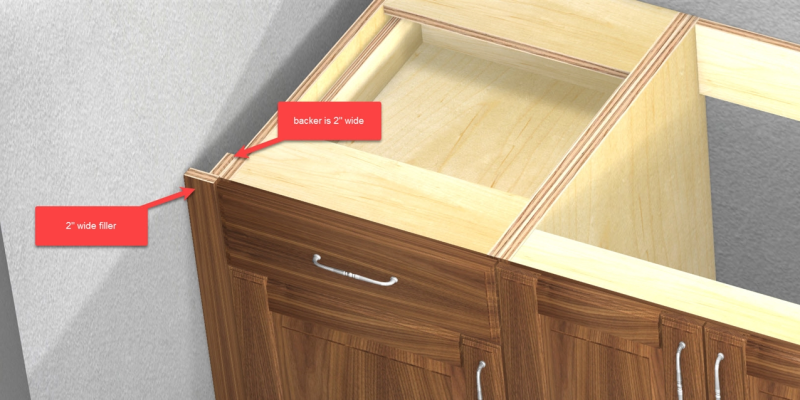
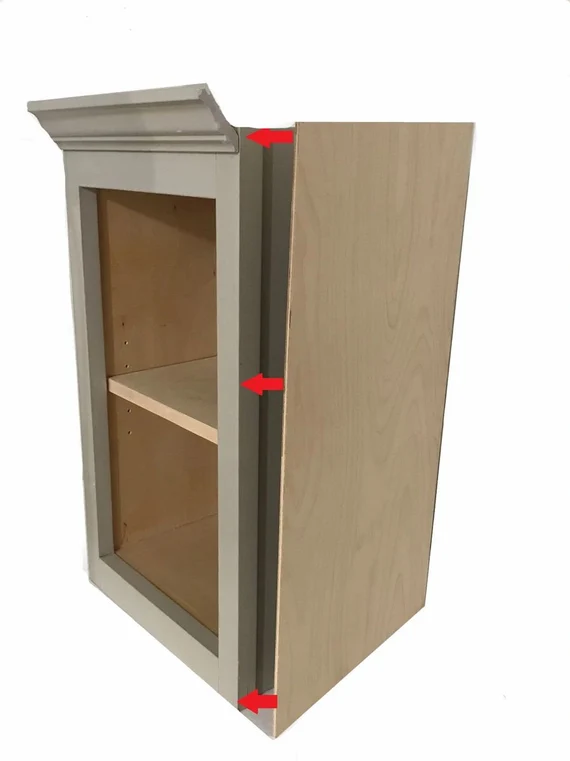
10. Skin Panels
Skin panels are decorative plywood panels designed to cover the unfinished sides or backs of cabinets. These panels come in various finishes to match your cabinet design and provide a uniform, polished look. Skin panels are especially useful for exposed cabinet sides on islands or when cabinetry is installed against countertops.
How to Choose the Right Moldings
- Match the Design: Ensure the molding style complements your cabinet door design (e.g., shaker cabinets pair well with simple crown molding).
- Consider Ceiling Height: For low ceilings, choose minimal crown molding; for high ceilings, opt for stacked or riser moldings.
- Account for Functionality: Use light rail moldings for under-cabinet lighting and scribe moldings to cover gaps.
- Coordinate Materials: Match the molding material and finish to the cabinets for a seamless look.
FAQs about Kitchen Cabinet Moldings
- What is the trim on top of the cabinets called?
The trim on top of the cabinets is called crown molding. It bridges the gap between the cabinets and the ceiling, adding a decorative touch.
- Can you add molding to existing cabinets?
Yes, you can add molding to existing cabinets. Many homeowners retrofit crown or light rail moldings to update their kitchen’s look.
- What are fillers used for?
Fillers are used to close gaps between cabinets, walls, or appliances and ensure proper spacing and functionality.
- How do you install cabinet moldings?
Measure and cut the molding pieces to size, then nail or glue them in place. Allow adhesive to dry before finishing with paint or stain.

